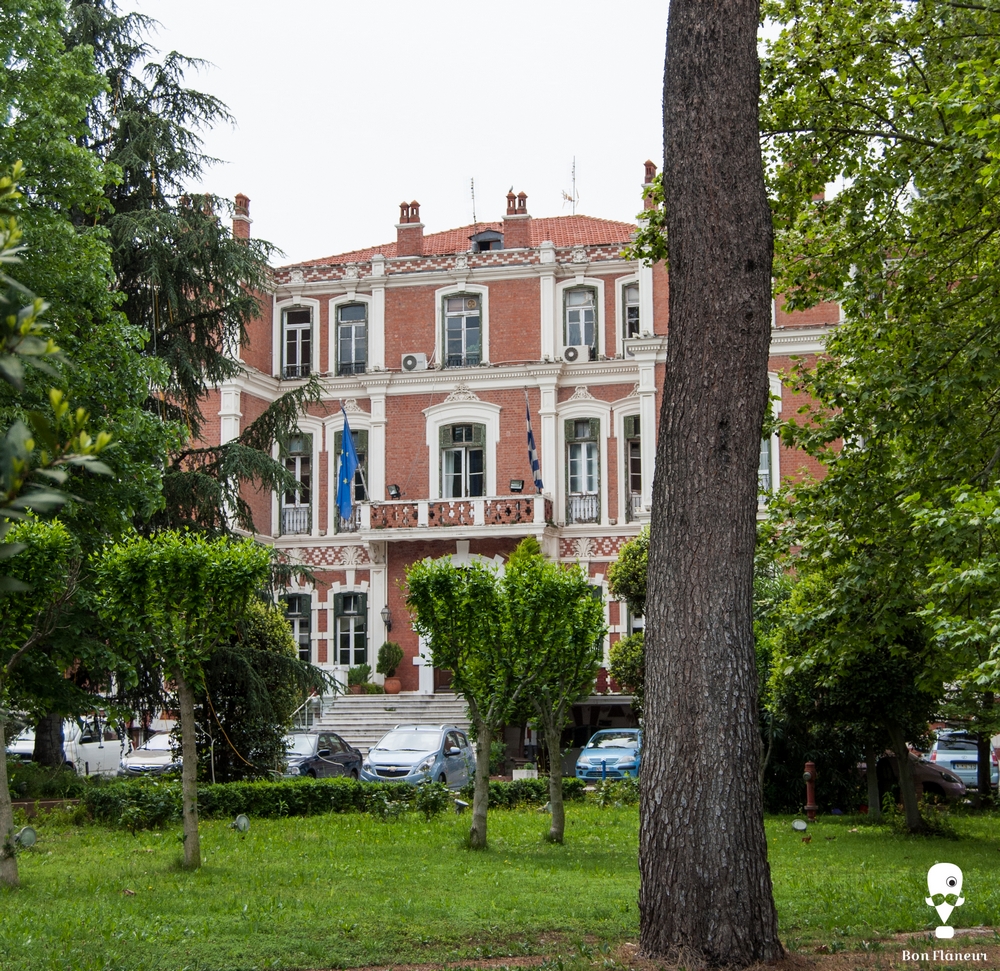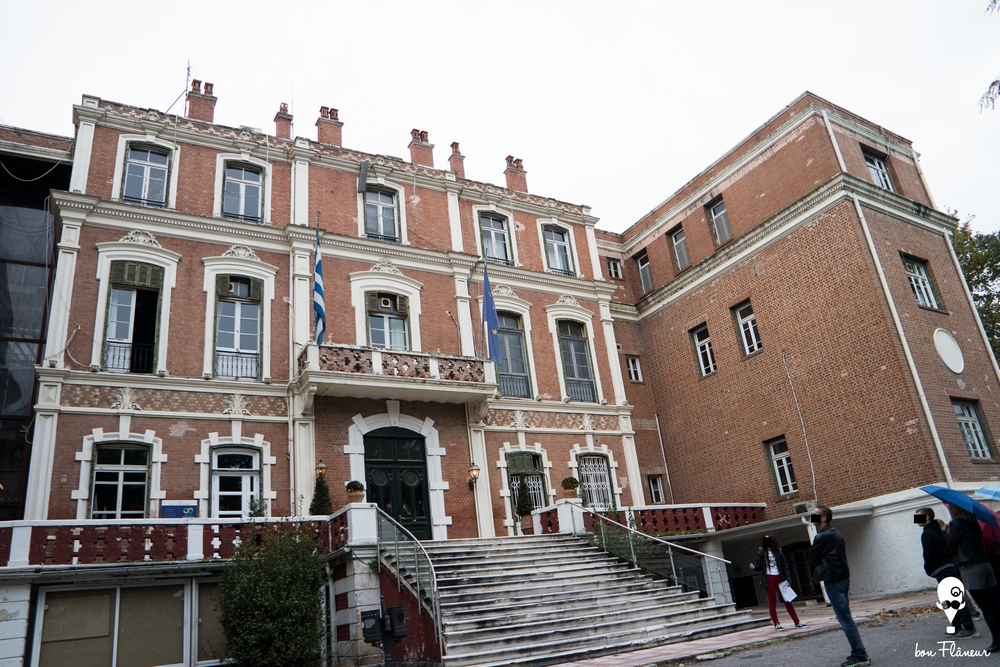Allatini Villa
Allatini Villa's surfaces are of Renaissance style.
Location
Timeline
Modern and Contemporary era (1912 - )
1926 Hosted the Faculty of Philosophy.
1937 Two wings were added.
1979 Houses local goverment services.
Ottoman era (1453- 1912)
1885 Constructed by the Italian architect Vitaliano Pozeli. Another likely construction date is 1898. Another part of the literature states that it was built within the next decade.











Share